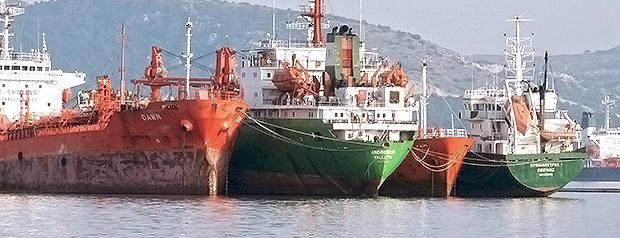Layup reactivation is crucial given that the vessel may have been out of service for a number of months and hence the Shipowners P&I Club has a survey requirement when it comes to layup reactivations.
The extent of re-commissioning work would depend on whether the vessel was under hot or cold layup, the length of time the vessel was laid up and the extent of maintenance carried out during the laid up period. There are many steps to be considered when preparing to re-commission the vessel after a layup. The following is a non-exhaustive guide for layup reactivations.
The Class/Flag/Company procedures must be consulted prior to commencement of trading. In the event of a prolonged layup, due consideration must be given for the vessel to undergo sea trials, as appropriate, for a proper assessment of the vessel and its equipment.
Manning Even where the vessel was on reduced manning for the period of the layup, with the permission of the Flag administration, it is imperative that prior to reactivation the vessel is adequately manned by competent and experienced crew. This may not apply to vessels which are certified manned.
Survey and certification In the event that the laid up status was endorsed by Flag and/or Class when the vessel went into lay-up, the intention of reactivation must be conveyed to them in advance. Any inspections required by Flag and/or Class for putting the vessel back into active service must be undertaken. It would be prudent to notify the local port authorities in case of any specific port requirements. A review of the vessel’s safety management system should be considered if the vessel has been laid up for a long period. The Club’s reactivation survey may also be required as per the Rules.
Structural condition This aspect may have been neglected during the period of layup and hence an assessment of the vessel’s hull and other structural components will have to be undertaken to ensure that the vessel is structurally sound to recommence trading. This should include examination of the vessel’s hull and the sea chests to ensure they are free from excessive marine fouling.
Deck machinery All deck equipment, including anchoring, mooring and lifting (cranes, derricks, etc.) equipment must be tested for proper operation. The anchors must be checked to ensure that they aren’t fouled during the layup period or it may delay heaving….
Source: Safety4sea

